Salon lighting plays a pivotal role in both functionality and aesthetics. It is essential for precision during various salon procedures and significantly influences client satisfaction by creating a positive atmosphere. Proper lighting can enhance the mood, define textures and colors, and reinforce brand identity. The right ambiance, achieved through strategic lighting choices, is a differentiator and reinforces brand identity. Customization for diverse services, consideration of individual preferences, and the impact on employee well-being are critical factors in creating a personalized and enjoyable client experience.
This comprehensive guide aims to assist salon owners, and professionals navigate the complexities of selecting optimal lighting solutions. From understanding your salon’s unique needs to exploring various lighting options and features, this guide covers everything you need to create the perfect lighting setup for your salon.
Understanding Your Salon Lighting Needs
Assessing Your Salon’s Layout and Design
Proper lighting in a salon is not just about choosing the brightest bulbs or the fanciest fixtures. It begins with thoroughly understanding your salon’s physical layout and design. This ensures that the lighting complements the space, enhances functionality, and contributes to an inviting atmosphere.
Room Size and Ceiling Height
The room’s size and the ceiling’s height significantly affect lighting choices. For large rooms with high ceilings, powerful lighting fixtures must be used to cast light over a broad area. Multiple layers of light, such as a combination of overhead lighting, task lighting, and accent lighting, may be necessary to achieve even illumination. High ceilings also provide an opportunity to use statement lighting fixtures, such as chandeliers or large pendant lights, which can add a touch of elegance and style while providing sufficient illumination.
Conversely, smaller spaces with lower ceilings benefit from more focused lighting solutions. Recessed or flush-mount ceiling lights can provide adequate illumination without overwhelming the space or creating a cluttered look. In these settings, the goal is to maximize light distribution while maintaining a cozy and intimate atmosphere. Strategic placement of mirrors can also help reflect light and make the space appear larger and brighter.
Natural Light Sources
Natural light is an invaluable asset in any salon. Assessing the availability and direction of natural light in your space is the first step in optimizing your lighting design. Large windows and skylights can provide ample daylight, reducing the need for artificial lighting during the day and creating a pleasant, well-lit environment.
However, the amount of natural light will vary throughout the day and seasons. For example, the angle and intensity of sunlight can change dramatically between summer and winter. Therefore, plan your artificial lighting to complement and enhance natural light. For instance, during the early morning or late afternoon, when natural light is less intense, supplementary lighting can help maintain consistent brightness.
To maximize the benefits of natural light, consider window treatments that allow you to control the amount of light entering the salon. Sheer curtains or adjustable blinds can diffuse harsh sunlight, preventing glare and creating a softer, more even light. Additionally, strategically placing workstations near windows can make the most of natural light for tasks that require precision, such as cutting and coloring hair.
Identifying Different Salon Services
Understanding the specific lighting needs of different salon services is crucial for creating an effective lighting plan. Each area of your salon, from hairdressing to makeup and beauty services, requires tailored lighting solutions to ensure optimal functionality and customer satisfaction.
Hairdressing Requirements
Hairdressing areas need bright, focused light to allow stylists to accurately see hair textures and colors. The precision required for cutting, styling, and coloring hair means that shadow-free lighting is essential. Task lighting, such as adjustable arm lamps or lighted mirrors, can provide the necessary illumination for precision work. These fixtures should be positioned to eliminate shadows and provide clear, consistent light.
Makeup and Beauty Services
Makeup and beauty areas require high-quality lighting that mimics natural daylight to ensure accurate color application. Warm light temperatures are often preferred to create a flattering effect on the skin, making clients look their best. Vanity lights around mirrors can provide even illumination, preventing shadows and ensuring that makeup is applied evenly.
Types of Salon Lighting
Lighting plays a pivotal role in the functionality and aesthetics of a salon. Different types of lighting serve unique purposes and create various effects, making it essential to choose the right combination to enhance both the client experience and the stylist’s ability to work efficiently.
Overhead Lighting Options
Overhead lighting is a salon’s primary illumination source, providing general lighting that ensures the space is well-lit and welcoming.
Recessed Lighting
Recessed lighting is popular for salons seeking a clean, unobtrusive look. These fixtures are installed into the ceiling, making them ideal for salons with lower ceilings where pendant lights might be too imposing. Recessed lights distribute light evenly, minimizing shadows and creating a bright, airy environment. This type of lighting is particularly beneficial in styling areas where uniform light is necessary to avoid casting shadows on clients’ faces and hair.
Pendant Lights
Pendant lights offer functional and decorative benefits, making them versatile for salon lighting. These lights hang from the ceiling, providing focused illumination perfect for creating focal points within the salon. For instance, pendant lights over reception desks provide ample light for administrative tasks and add a touch of elegance and sophistication to the space. Similarly, using pendant lights over styling stations can enhance the aesthetic appeal while ensuring that these areas are well-lit for precision work. The variety of styles, shapes, and finishes available in pendant lights allows salon owners to choose fixtures that complement their interior design and brand identity.
Task Lighting for Precision
Task lighting is essential for areas where detailed work is performed. This type of lighting provides focused illumination that helps stylists see clearly and work accurately.
Lighted Mirrors
Lighted mirrors are indispensable in any salon setting, particularly in areas dedicated to makeup application and detailed hairstyling. These mirrors come equipped with built-in lights around the perimeter, ensuring consistent, shadow-free illumination. This setup allows stylists and clients to have a clear, unobstructed view, which is crucial for tasks requiring precision. Lighted mirrors often feature adjustable brightness settings, allowing customization based on the task’s specific needs and the salon’s salon’s salon’s ambient light conditions.
Adjustable Arm Lamps
Adjustable arm lamps offer the ultimate flexibility for task lighting. These lamps can be positioned precisely where light is needed, making them ideal for detailed work such as hair-cutting, coloring, and intricate styling. The flexibility of adjustable arm lamps allows stylists to direct light exactly where it’s needed, enhancing visibility and accuracy. These lamps are also beneficial for reducing shadows, ensuring every detail is visible during styling. They can be moved and adjusted, providing the perfect lighting conditions for daily tasks.
Ambient Lighting for Atmosphere
Ambient lighting sets the overall mood of the salon. It should be soft and inviting, creating a comfortable environment for clients to relax.
Wall Sconces
Wall sconces are an excellent choice for adding ambient lighting to a salon. Depending on their design, these fixtures are mounted on the walls and can provide both direct and indirect light. Wall sconces can be strategically placed in waiting areas, hallways, and around styling stations to create a warm, inviting atmosphere. They also serve as decorative elements, enhancing the overall interior design of the salon. Wall sconces can highlight architectural features or artwork, adding depth and interest to the salon’s aesthetic.
Track Lighting
Track lighting provides a versatile and adjustable lighting solution, making it an ideal choice for salons. This system consists of multiple light fixtures attached to a continuous track, allowing for easy adjustment and direction of light. Track lighting is beneficial in salons where the layout may change, as the lights can be repositioned to suit different needs. This flexibility makes track lighting ideal for highlighting specific zones, such as retail displays, artwork, or architectural features. Track lighting can be adjusted to focus light exactly where needed, ensuring that all salon areas are well-lit and functional.
Essential Features of Salon Lights
Selecting the right salon lights involves understanding several key features that ensure both functionality and aesthetics are optimized. Proper lighting can enhance the overall experience for clients and stylists, making it an essential aspect of salon design.
Brightness and Lumens
The brightness of your lights, measured in lumens, is crucial for creating an effective lighting setup. High-lumen output ensures that your salon is well-lit, allowing stylists to work precisely and clients to see themselves. A well-lit salon improves visibility for intricate tasks like hair cutting, coloring, and makeup application, ensuring every detail is visible. For general salon areas, aim for around 500 lumens per square meter. Higher lumen levels of around 1000 to 1500 lumens per square meter are recommended for more detailed workstations, such as hair-cutting stations and makeup areas.
색온도
Color temperature significantly affects the ambiance and functionality of your lighting. It is measured in Kelvin (K) and can range from warm to cool.
Warm light, typically 2700K to 3000K, creates a cozy and inviting atmosphere. This type of light is ideal for areas where you want clients to feel relaxed, such as waiting areas or lounges. Warm light is also flattering for skin tones, making it a good choice for general salon lighting.
On the other hand, cool light, ranging from 3500K to 4000K, is more energizing and closely mimics natural daylight. This type of lighting is preferred for workstations where precision is key, such as hair-cutting and coloring areas. Cool light helps stylists see true colors and details more accurately, which is essential for tasks requiring high precision.
High Color Rendering Index (CRI)
A high Color Rendering Index (CRI) is essential for accurately rendering colors. The CRI measures how well a light source reveals the true colors of objects compared to natural light. A CRI of 90 or above is recommended for salons to ensure that hair colors and makeup look the same under salon lights as in natural daylight. This is crucial for client satisfaction and stylist accuracy, as it ensures that the colors seen in the salon will look the same outside. High CRI lighting is essential for colorists who mix and match hair dyes accurately and for makeup artists who require precise color differentiation.
Placement and Installation Tips
Achieving the perfect lighting setup in your salon involves more than selecting the right fixtures. Proper placement and installation are crucial to ensure your lighting is functional and aesthetically pleasing. Here are some detailed tips to help you achieve optimal lighting in your salon.
Strategic Light Placement
Proper placement of lights can make a significant difference in how your salon looks and feels. It can also affect the efficiency and effectiveness of the services provided.
Avoiding Shadows
Shadows can be a major issue in salons, particularly when they fall on clients’ faces during haircuts or makeup applications. It’s essential to position lights strategically:
Side Lighting: Place lights on either side of mirrors at eye level to minimize shadows on clients’ faces. This setup provides even illumination, making it easier for stylists and makeup artists to work with precision.
Overhead Lighting: Use overhead lights that offer diffused illumination. Avoid placing single overhead lights directly above clients’ heads, creating harsh shadows. Instead, opt for multiple light sources or diffuser fixtures to spread the light more evenly.
Adjustable Fixtures: Consider using adjustable light fixtures, such as tracks or pendant lights with flexible arms. This allows you to direct the light exactly where needed, reducing the risk of shadows and enhancing visibility.
Highlighting Key Areas
Highlighting key areas in your salon improves functionality and enhances the overall ambiance and aesthetic appeal.
Styling Stations: Ensure that each styling station is well-lit with task lighting. Use bright, focused lights such as adjustable arm lamps or lighted mirrors to provide clear visibility for detailed work.
Reception Desk: The reception area is the clients’ first point of contact, so it should be welcoming and well-lit. Use a combination of pendant lights and accent lighting to create an inviting atmosphere and highlight the reception desk.
Retail Displays: Proper lighting can significantly impact retail sales. Use spotlights or track lighting to highlight product displays, drawing clients’ attention to featured items and making them more appealing.
Shampoo Stations: Soft, ambient lighting is ideal for shampoo areas where clients come to relax. Use warm light temperatures and dimmable fixtures to create a soothing environment.
Balancing Multiple Light Sources
Balancing different types of light sources is essential for creating a cohesive and functional lighting design in your salon.
Layering Techniques
Layering different types of lighting—ambient, task, and accent—ensures that each salon area is adequately lit and enhances the overall aesthetic.
Ambient Lighting: This general illumination provides overall light for the salon. Ceiling fixtures like recessed or chandeliers can create a base light layer.
Task Lighting: Focused lighting is essential for work areas where precision is key. Use adjustable arm lamps, lighted mirrors, and track lighting to provide the necessary brightness for detailed tasks.
Accent Lighting: Accent lighting adds depth and dimension to your salon’s interior. Use wall sconces, spotlights, and under-cabinet lighting to highlight architectural features, artwork, and retail displays.
Safety and Wiring Considerations
Safety is paramount when it comes to installing lighting in your salon. Proper installation and wiring ensure that your lighting system is safe and reliable.
Professional Installation: Always hire certified professionals to install your lighting fixtures. This ensures all electrical work is done correctly and complies with local safety regulations.
Proper Wiring: Ensure all wiring is up to code and capable of handling the electrical load. Use appropriate gauge wires and secure all connections to prevent electrical hazards.
Regular Inspections: Schedule regular inspections of your lighting system to identify and address any potential issues. This helps prevent accidents and ensures that your lights continue to function optimally.
Emergency Lighting: Install emergency lighting systems, such as exit signs and backup lights, to ensure safety in case of a power outage. These lights should be connected to a reliable power source and regularly tested to ensure they are in working order.
Budget Considerations
Creating the perfect lighting setup for your salon requires balancing cost and quality. While opting for the least expensive options might be tempting, investing in high-quality lighting solutions can have significant long-term benefits.
Balancing Cost and Quality
When selecting lighting for your salon, consider the overall value rather than the initial cost. High-quality lights provide better illumination, tend to last longer, and require less maintenance, leading to cost savings over time.
Importance of High-Quality Lighting
Enhanced Performance: High-quality lighting fixtures typically offer superior brightness and color rendering, ensuring that your salon is well-lit and that colors appear true to life. This is crucial for tasks such as hair coloring and makeup application, where precision is key.
Durability and Longevity: Investing in durable lighting fixtures can save you money in the long run. High-quality lights are built to last, reducing the frequency of replacements and repairs.
Reduced Maintenance Costs: Quality lighting fixtures require less maintenance, helping you avoid the costs associated with frequent repairs and replacements. This also minimizes disruptions to your salon’s operations.
Making Smart Choices
Set a Budget: Determine a budget for your lighting project, considering both the upfront costs and potential long-term savings. This will help you make informed decisions about where to allocate your funds.
Research and Compare: Take the time to research different lighting options and compare their features, warranties, and customer reviews. Look for fixtures that offer a good balance of quality and affordability.
Consider the Total Cost of Ownership: Evaluate the total cost of ownership, which includes the initial purchase price, installation costs, energy consumption, and maintenance expenses. This holistic approach will help you choose the most cost-effective solutions.
Long-term Savings with Energy-efficient Solutions
Opting for energy-efficient lighting solutions like LED lights can lead to substantial long-term savings. Although these options may have a higher upfront cost, they offer significant energy consumption and maintenance benefits.
Benefits of Energy-efficient Lighting
Reduced Energy Bills: Energy-efficient lighting consumes less electricity, lowering utility bills. This is particularly beneficial for salons, where lights are often on for extended periods.
Extended Lifespan: LED lights, for example, have a much longer lifespan than traditional incandescent or fluorescent bulbs. This means fewer replacements and lower maintenance costs over time.
Environmental Impact: Using energy-efficient lighting can reduce your salon’s carbon footprint and contribute to environmental sustainability. This can also be a selling point for eco-conscious clients.
Calculating Savings
To understand the potential savings, consider the following example:
- Initial Cost: The upfront cost of LED lights might be higher than that of traditional bulbs.
- Energy Savings: LED lights use approximately 75% less energy than incandescent bulbs.
- Lifespan: LEDs can last up to 25 times longer than traditional bulbs.
Over time, these factors add to significant savings on energy bills and replacement costs.
Maintenance and Upkeep
Regular maintenance and upkeep of your salon’s lighting are essential to ensure that your fixtures remain efficient and effective. Proper care can extend the lifespan of your lights and maintain their performance.
Cleaning and Care for Salon Lights
Keeping your lighting fixtures clean is crucial for maintaining their brightness and efficiency. Dust and grime can accumulate on lights, reducing their effectiveness and altering their light quality.
Cleaning Tips
Regular Dusting: Dust your light fixtures regularly using a soft, dry cloth or a microfiber duster to prevent buildup.
Deep Cleaning: Periodically, perform a deeper clean using a damp cloth and a mild cleaning solution. Ensure that the fixtures are turned off and cool before cleaning.
Check for Damage: Inspect the fixtures for any signs of wear or damage while cleaning. Address any issues promptly to prevent further problems.
Replacing Bulbs and Fixtures
Regularly check the lifespan of your bulbs and replace them as needed to maintain optimal lighting conditions. Keeping track of when bulbs were installed can help you anticipate when replacements will be necessary.
Replacement Tips
Monitor Lifespan: Note the expected lifespan of each type of bulb you use and keep a log of installation dates. This will help you predict when replacements are due.
Stock Spare Bulbs: Keep a supply of spare bulbs on hand to ensure quick replacements and minimize downtime.
Professional Inspection: Schedule regular inspections by a certified electrician to ensure all fixtures and wiring are in good condition. This can help identify potential issues before they become major problems.
Top Brands for Salon Lighting
Investing in lighting from reputable brands ensures quality, durability, and excellent performance. Here are some top brands known for their high-quality salon lighting solutions:
- Philips: Renowned for their innovative lighting solutions, Philips offers a range of energy-efficient and high-performance LED lights suitable for salons.
- GE Lighting: With a long history of producing reliable and durable lighting products, GE Lighting provides various options that meet the specific needs of salons.
- Osram: Known for its advanced lighting technology, Osram offers high-quality lighting fixtures that deliver excellent color rendering and energy efficiency.
자주 묻는 질문
Q: What type of lighting is best for hair salons?
A: The best lighting for hair salons combines warm and cool lights, ideally within a temperature range of 2700K to 3500K. This range ensures a flattering, warm ambiance while providing the clarity needed for hair coloring and makeup application tasks. Wall lighting around mirrors is particularly effective in minimizing shadows and enhancing visibility.
Q: How should lighting be arranged in a salon for optimal results?
A: Salon lighting should be arranged to balance ambient, task, and accent lighting. Use ambient lighting for general illumination, task lighting at workstations for precision, and accent lighting to highlight specific areas or decor. This layered approach ensures a functional and inviting atmosphere, allowing stylists to work effectively and clients to feel comfortable.
Q: What is the ideal color temperature for salon lighting?
A: The ideal color temperature for salon lighting ranges from 4000K to 6000K, known as “natural white” or “daylight white.” This range mimics natural daylight, helping stylists see true colors and details accurately, which is crucial for tasks such as hair coloring and makeup application.
Q: How can salons avoid creating shadows with their lighting?
A: To avoid shadows, especially on clients’ faces, place lights on either side of mirrors and use overhead lights that provide even, diffused illumination. This setup ensures that the lighting is flattering and functional, enhancing the stylist’s ability to work without obstruction and providing a clear view for clients.
Q: Why is a high Color Rendering Index (CRI) important for salon lighting?
A: A high CRI (90 or above) is essential for accurately rendering colors, which is crucial in a salon setting. High CRI lighting ensures that hair colors and makeup look the same under salon lights as in natural daylight, leading to better client satisfaction and more precise work by stylists.
Q: What are the benefits of using LED lighting in salons?
A: LED lighting offers several benefits for salons, including energy efficiency, long lifespan, and superior color rendering capabilities. LEDs consume less power and produce less heat than traditional lighting options, making them cost-effective and environmentally friendly. They also provide consistent, high-quality illumination that enhances the client experience and stylish performance.
Q: How can salons balance cost and quality when selecting lighting?
A: Balancing cost and quality involves considering the long-term value of lighting solutions. While high-quality lights may have a higher upfront cost, they provide better illumination, last longer, and require less maintenance. Investing in energy-efficient options like LEDs can lead to significant long-term savings on electricity and maintenance costs.
Q: What maintenance is required to keep salon lights effective?
A: Regular maintenance is essential to keep salon lights functioning efficiently. This includes routine cleaning to remove dust and grime, which can reduce light output. Additionally, monitor the lifespan of your bulbs and replace them as needed. Scheduling regular inspections by a certified electrician can help identify and address any issues with fixtures and wiring, ensuring a safe and effective lighting setup.
결론
To sum up, choosing the right salon lighting involves:
- Understanding your space.
- Selecting the right types of lights.
- Ensuring they have the right features.
- Placing them strategically.
High-quality, energy-efficient lighting not only enhances the functionality and ambiance of your salon but also ensures client satisfaction and stylish precision.
Choosing the right salon lighting is crucial for creating an inviting atmosphere and ensuring that stylists can work precisely and accurately. By considering factors such as color temperature, CRI, and strategic light placement, you can enhance your salon’s salon’s functionality and aesthetic appeal. For those seeking high-quality lighting solutions, 유니탑 stands out as one of China’s leading LED 스트립 조명 그리고 LED 네온 플렉스 manufacturers. With our expertise and commitment to excellence, we can help you achieve the perfect lighting setup for your salon. Please 문의하기 immediately if you have any further questions or don’t have specific requirements—Trust Unitop will illuminate your space with professionalism and style.

Tom은 현재 다음의 영업 관리자입니다. 유니탑(중국) 유한공사. 그는 LED 조명 업계에서 2005년부터 근무하고 있습니다. 그는 영업 및 마케팅, 공장 관리 분야의 전문가입니다. 보디빌딩을 좋아하고 애플의 열렬한 팬이기도 합니다! 그는 열심히 일하는 사람이며 새로운 것을 배우고 시도하는 것을 좋아합니다.
이메일: tom@unitopledstrip.com WhatsApp: +86-18680307140

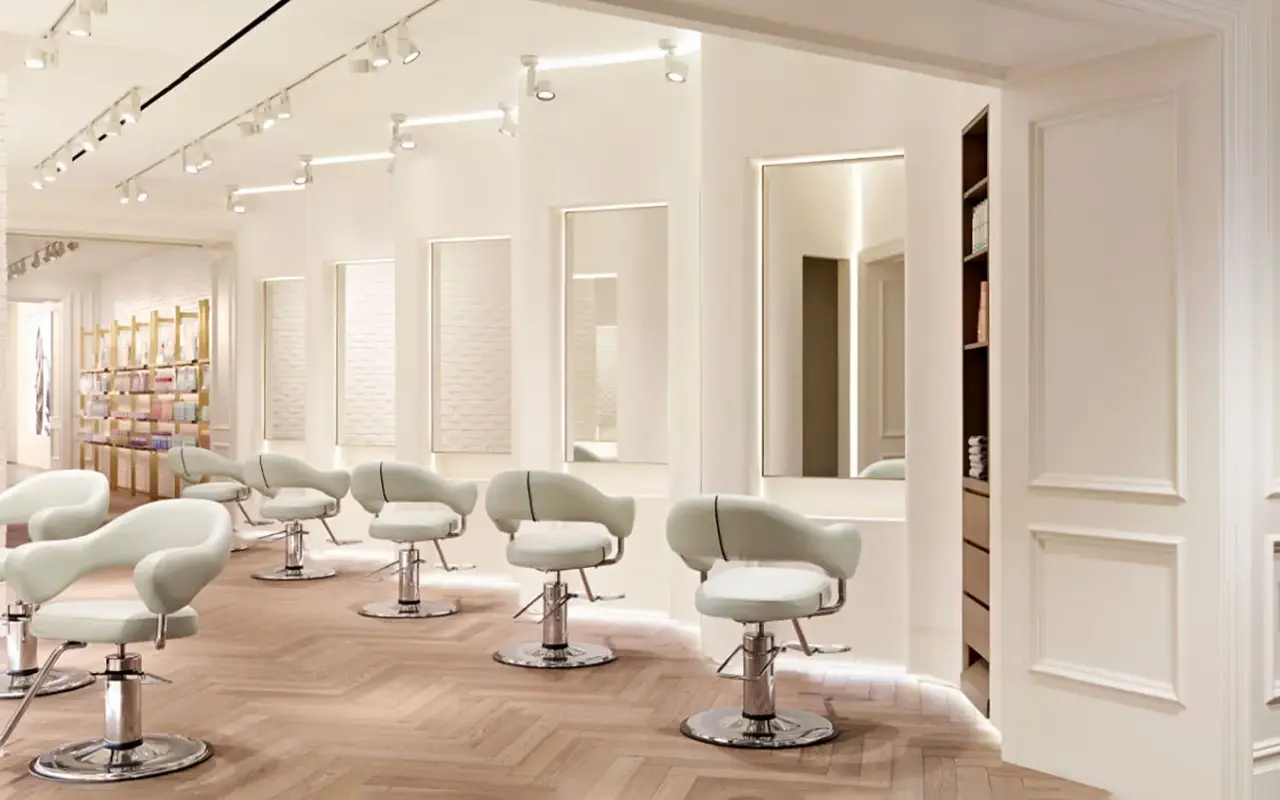
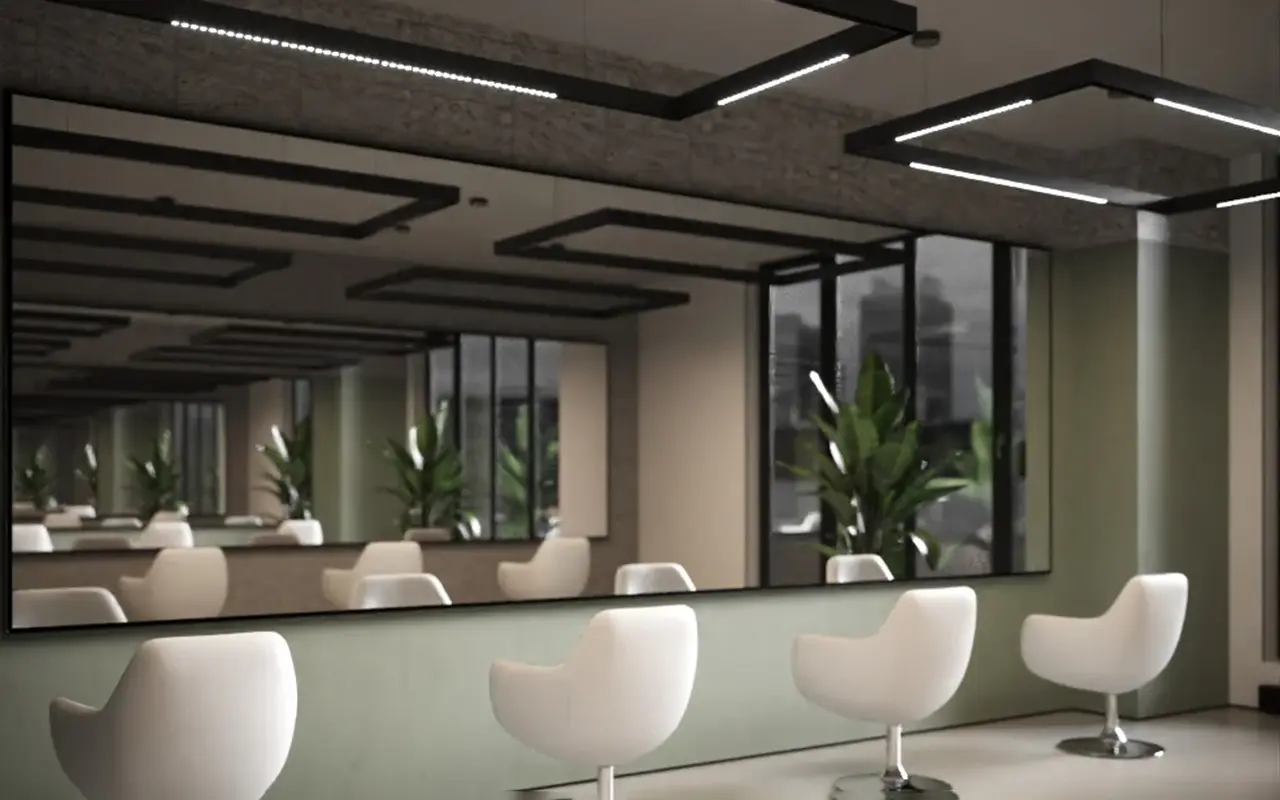
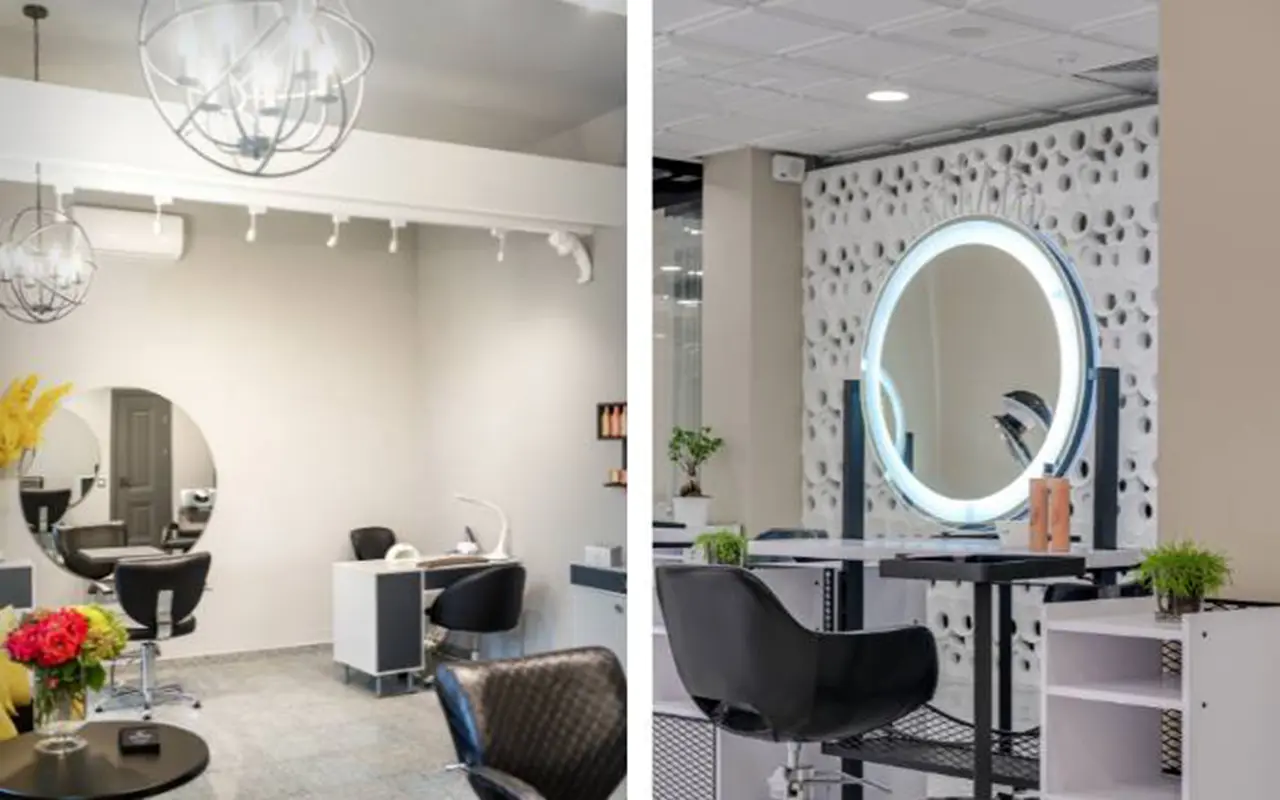
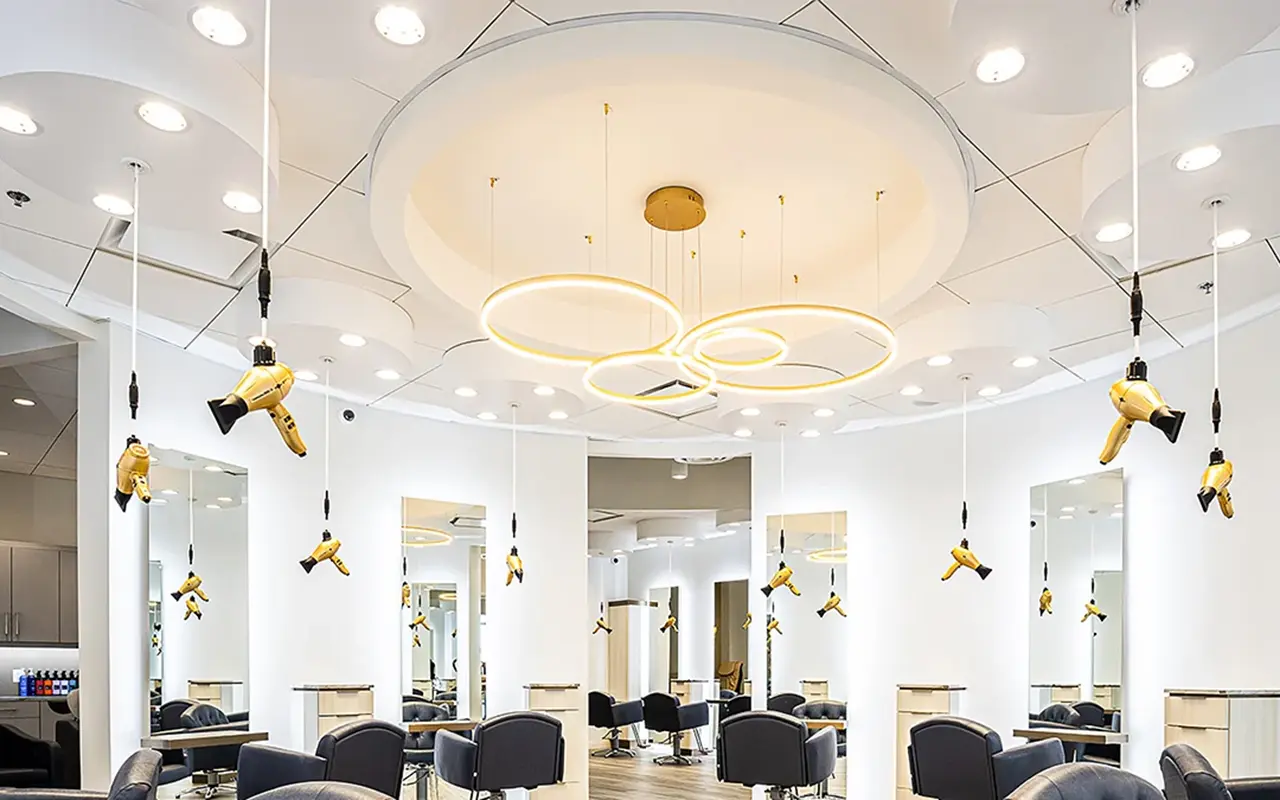

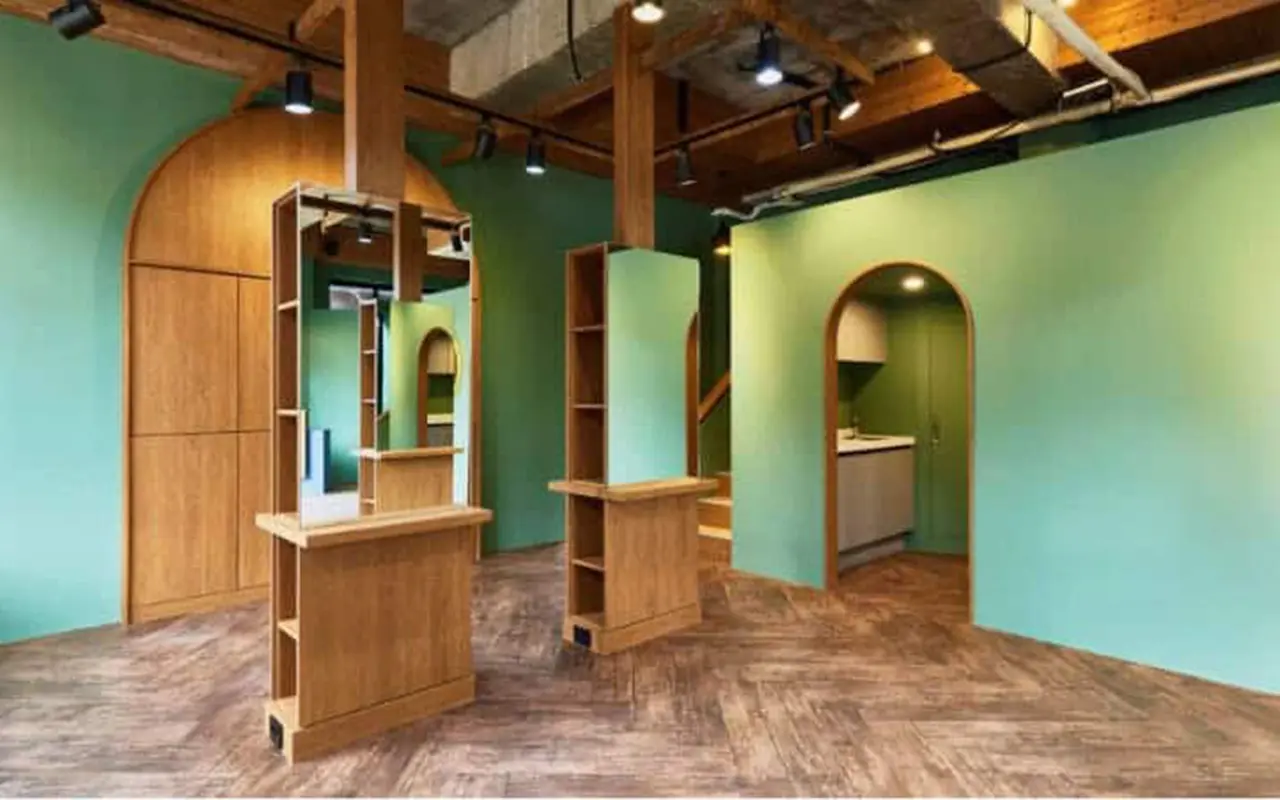

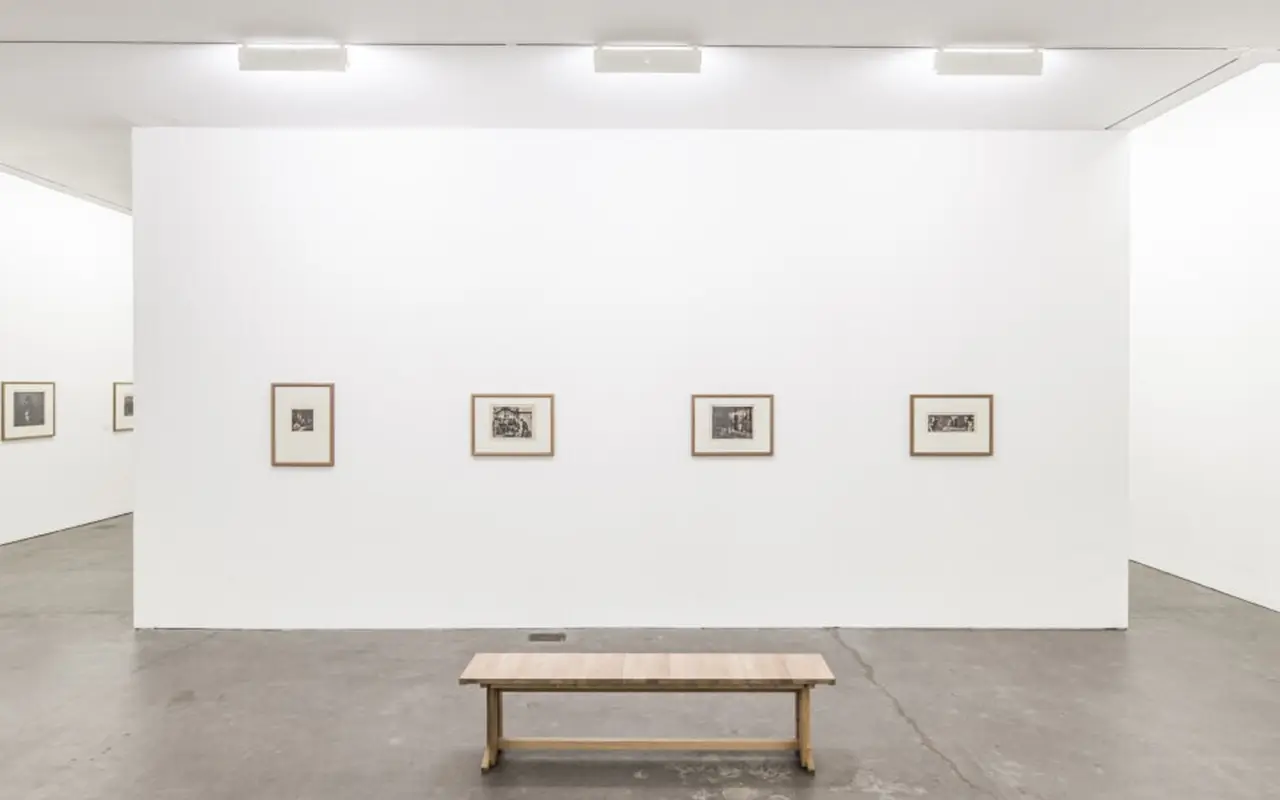
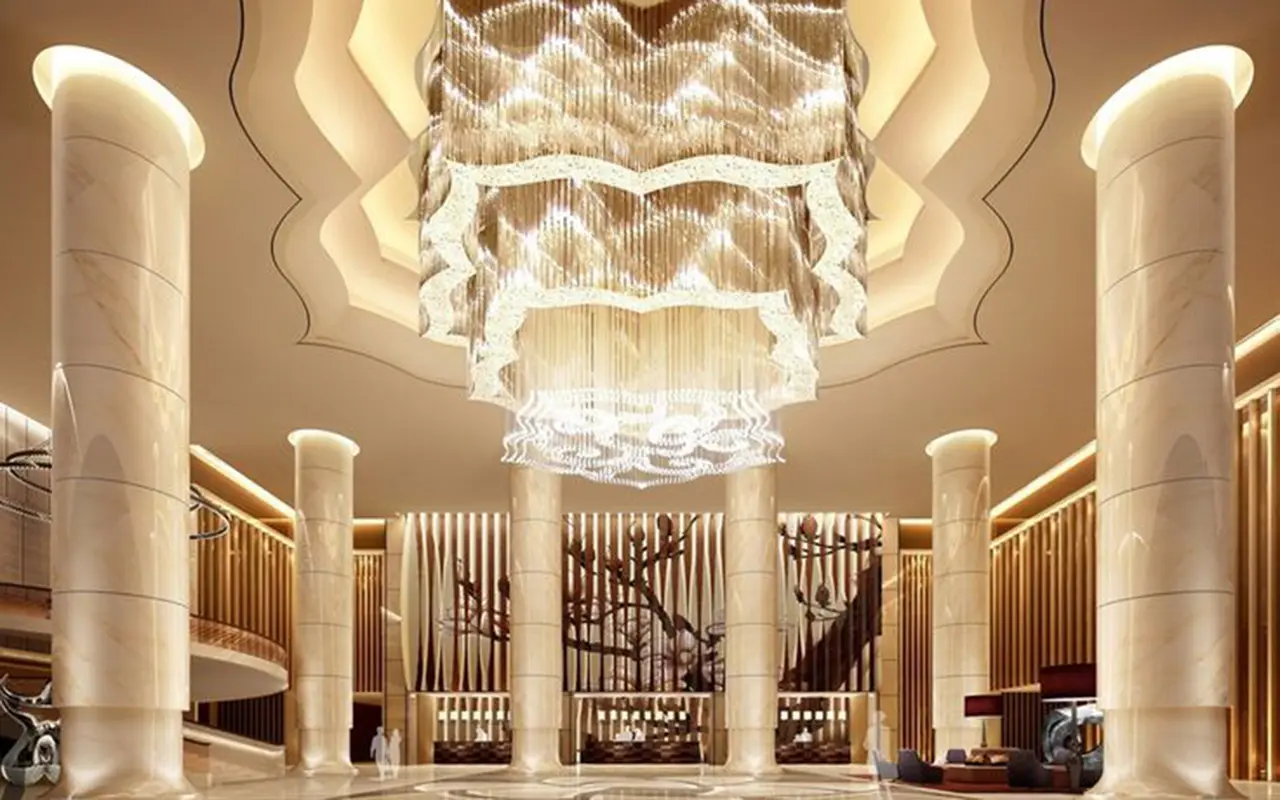
댓글을 남겨주세요
토론에 참여하고 싶으신가요?자유롭게 기여해 주세요!